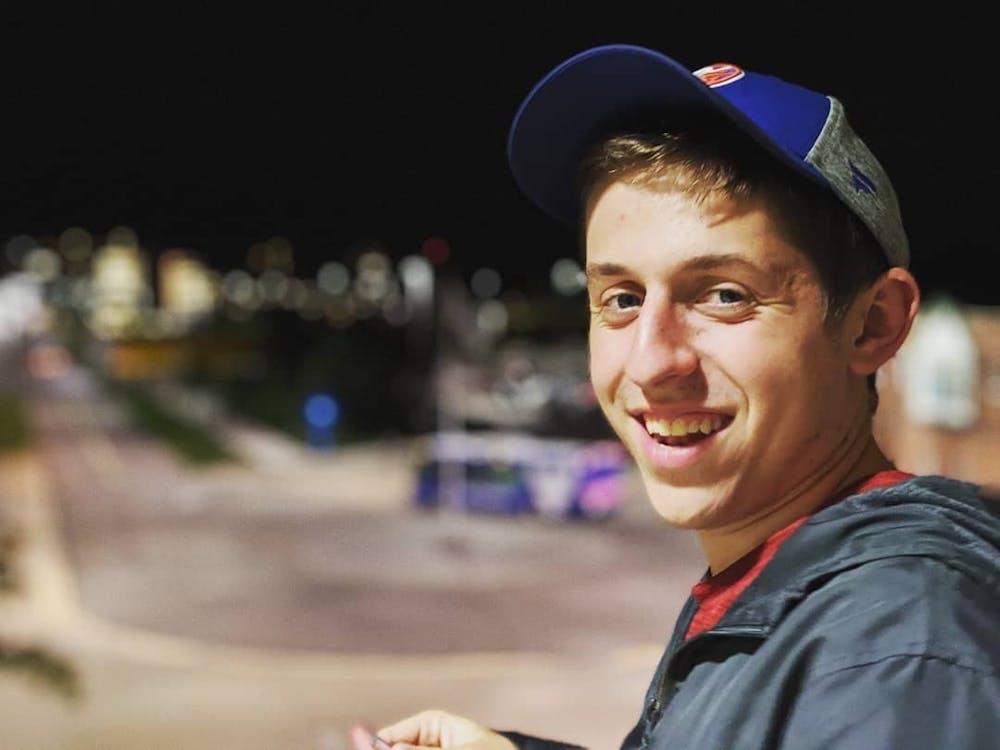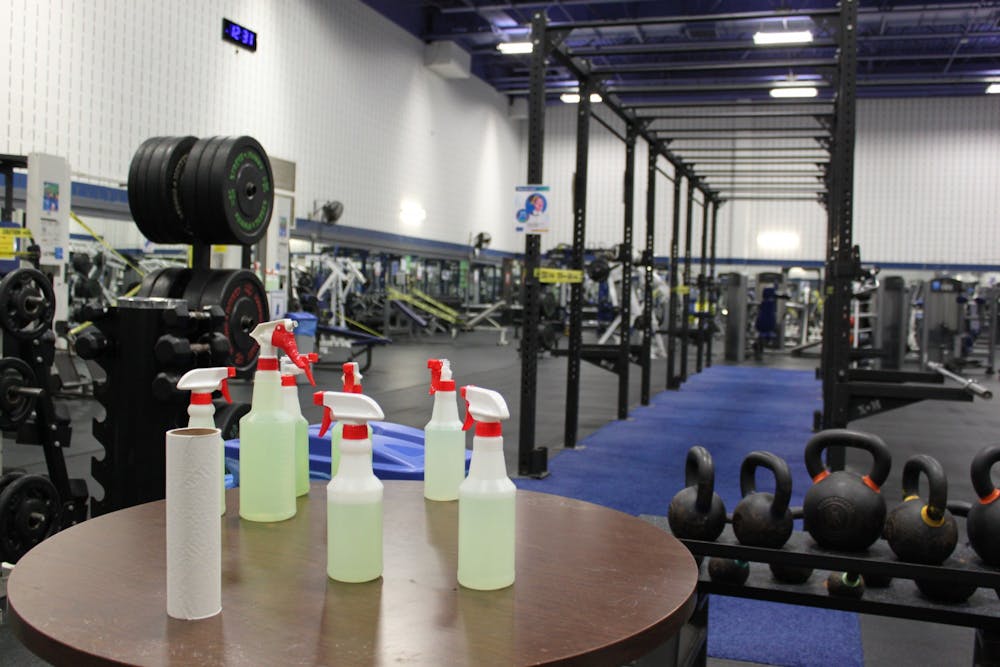Gov. Andrew Cuomo announced Monday that Buffalo and its surrounding suburbs would be placed in a “yellow” micro-cluster zone, effective immediately.
The state imposed these new restrictions in response to rising COVID rates across the region, the governor said.
Erie County Executive Mark Poloncarz tweeted that non-essential gatherings will be limited to 25 people, houses of worship will be capped at 50% capacity and indoor and outdoor dining will be permitted, with four people allowed per table. Bars will have to close by midnight.
“In effect we have a little bit of time to reduce the virus before we shut down businesses, in-person school and gatherings,” Poloncarz said.
The “yellow” micro-cluster zone is the least restrictive of the three the state has at its disposal, Poloncarz said. If Buffalo and its surrounding suburbs were to be placed under a more restrictive shutdown — like an “orange micro-cluster zone” — non-essential businesses like gyms and barber shops would be forced to close and restaurants would be required to switch to outdoor dining, takeout or delivery only.
In a statement, UB spokesperson John Dellacontrada said the university will now limit large gatherings to 25 people, instead of 50. But he also added that UB anticipates finishing the fall semester as scheduled.
“At this time, we are not expecting the yellow zone designation to have a major impact on UB operations because the university is already testing on average thousands of people per week through our random surveillance program and our mandatory pre-Thanksgiving testing of on-campus students,” Dellacontrada said.
Cuomo defended his decision in a conference call Monday, after he noted that Western New York has 118 hospitalized COVID patients, 24 of which are in the ICU. Nearly half of all hospitalized people in Erie County are under the age of 65, Cuomo said.
“[The] micro-cluster approach works,” Cuomo said. “It’s inarguable: do more testing, more targeting, as soon as you see an increase, be more aggressive.”
On Friday morning, Cuomo announced that Western New York has the highest seven-day average COVID positivity rate in the state. He also added that Erie County — which comprises Buffalo and its suburbs — has the highest infection rate in the region.
“Western New York is a problem,” Cuomo said. “Downstate New York is doing better than Upstate New York, which is a total reversal than the first phase of COVID.”
Following the opening of Buffalo’s Exchange Street Amtrak Station, Lt. Governor Kathy Hochul implored Western New Yorkers to heed the state’s COVID guidelines.
“Western New Yorkers step up and do your part,” Hochul said. “Wear your mask. Don’t get together in groups. It’s not the time to be partying in person. Make sure that you’re being smart about social distancing [and] hand-washing… We have a real problem here.”
Both Cuomo and Hochul cited the “behavior” of Western New Yorkers as a reason why they have a higher positivity rate than other regions across the state, but failed to provide data or evidence supporting that claim.
There is evidence that the COVID rate is rising at UB, though.
The university has 49 confirmed active on-campus cases of COVID among students and faculty, according to its COVID dashboard.
Among those affected are 20 students living on-campus, 27 living off-campus but taking classes on-campus and two university employees working on-campus. An additional 27 students living off-campus but taking classes remotely and three employees working remotely have tested positive for the virus in the past 14 days.
But because the New York State threshold to transition to fully remote learning reset on Nov. 7, none of the 49 active on-campus cases will count towards that marker.
“[The increase] likely reflects broad community burden of disease,” said Thomas Russo, chief of the Division of Infectious Diseases in the UB Jacobs School of Medicine and Biomedical Sciences. “Our schools, businesses and households are all interconnected.”
On Nov. 27, SUNY Chancellor Jim Malatras announced that UB students using campus in “any capacity” would be required to test negative for COVID in the 10 days prior to leaving campus for Thanksgiving break.
“As in-person classes and instruction come to a close next month, tens of thousands of students will travel across the state and country to be with their families and complete their fall courses remotely,” Malatras said. “By requiring all students to test negative before leaving, we are implementing a smart, sensible policy that protects students’ families and hometown communities and drastically reduces the chances of COVID community transmission.”
UB began COVID testing on the second floor concourse of Alumni Arena and at South Campus’ Harriman Hall on Monday morning. Testing will run from Nov. 9-13, and from Nov. 16-18.
Justin Weiss is the senior features editor and can be reached at justin.weiss@ubspectrum.com

Justin Weiss is The Spectrum's managing editor. In his free time, he can be found hiking, playing baseball or throwing things at his TV when his sports teams aren't winning. His words have appeared in Elite Sports New York and the Long Island Herald. He can be found on Twitter @Jwmlb1.





